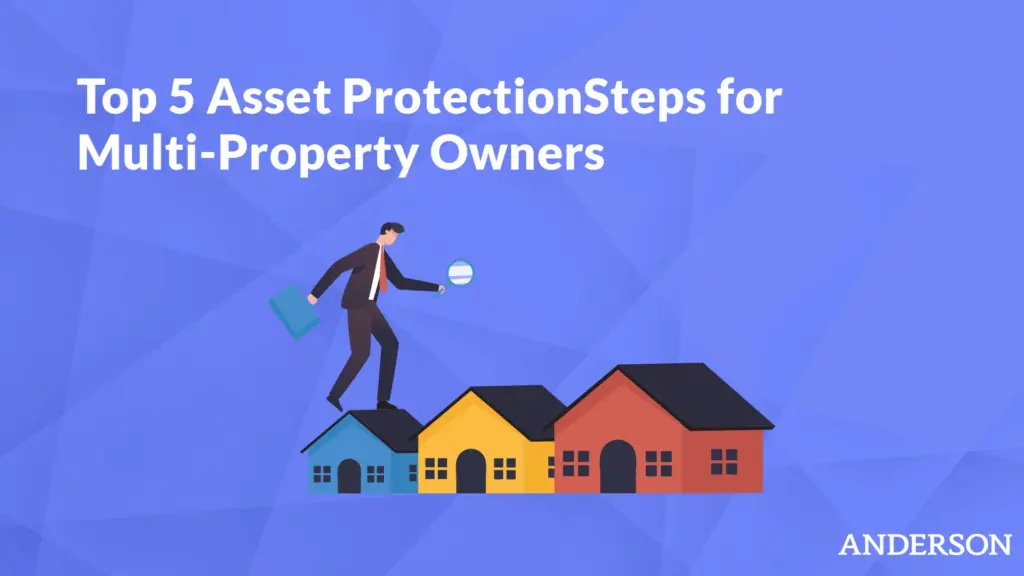Usury Laws
Protection Against Excessive Interest Rates
Usury laws specify and regulate the amount of interest that can be legally charged on a loan.
By design, these regulations target the act of charging excessively high interest rates on loans by placing caps on the maximum interest that can be collected. These laws are in place to protect consumers and investors from predatory lenders.
In the United States, usury laws are determined on a state-by-state basis. Although the federal government can, in theory, regulate rates via the Constitution’s interstate commerce clause, in practice it has generally deferred to the states to set and enforce their own interest rate regulations.
Each state then is responsible for drafting and enforcing its own usury law, specifying both the maximum interest rate and any specific limits.
For real estate investors seeking financing for potential properties, it is important to keep abreast of every state’s usury laws in order to anticipate the amount of interest you may potentially face from lenders dependent on location.

Below is a chart showing each state’s usury limits and rate of interest.
2017 Legal Rate of Interest and Usury Limits
[table id=1 /]*Requires interpretation of the statutory law for accurate percentages. Consult an attorney for statutory interpretations of the law provided above.
These percentages are ever-changing. If you have specific questions, you should consult an attorney and/or look to the current state codes for the most current statutes. All amounts are stated in general terms as state specific variations to client specific scenarios will most likely apply.



